 |
London-based startup Playground has launched a new iOS app called Anonymous Camera that, as its name suggests, anonymizes images and videos to protect the subjects featured in them. The app leverages artificial intelligence to detect and remove or blur the subjects, a process that takes place locally on the user’s device if it’s running iOS 13.0 or higher.
Because facial recognition software makes it easier than ever to identify someone featured in a video or photo, anonymizing these images to protect innocent individuals, whistleblowers and more is vitally important. Anonymous Camera aims to make this process simple for iPhone users by using facial recognition to find subjects and hide them.
The process can include blurring a face, the most traditional way to anonymous subjects, or entirely removing their bodies in cases where enhanced steps are necessary. In addition to blurring the subjects, Anonymous Camera also supports putting a solid object over the subject’s face, which would prevent blur-reversal technologies from being used, plus there’s the option of using noise to hide the subject.
 |
Playground claims that it uses ‘state of the art’ facial recognition technology to find and blur faces regardless of angles, including in videos where the subject is moving. There is a limitation, however: the full-body anonymization feature can only be used on the iPhone XS or newer models. Other features include distorting audio to mask the subject’s voice, removing metadata from the content and splitting the screen to anonymize only the subject in an interview.
Anonymous Camera doesn’t use the cloud, instead storing and processing images locally on the device; this is a key feature that decreases the odds of unmodified images being intercepted or otherwise acquired.
According to The Verge, Anonymous Camera was designed for anonymizing videos and images of single subjects and small groups of people; when tested at a large Black Lives Matter protest, the app wasn’t able to deal with the large number of subjects, but it was never intended to do so, according to Playground.
We are very excited to launch Anonymous Camera in the App Store today. Anonymise photos and videos in real time, locally on device. All proceeds from the in-app purchase will go towards @BlackVisionsMN and @UR_Ninja.https://t.co/s1llUoThOf https://t.co/8XeoTe68nH
— Playground (@playgroundAI) June 11, 2020
Though the app could be useful for anyone who wants to protect someone’s privacy, it is pitched specifically as a tool that could be used by journalists, activists, whistleblowers and other people who are providing sensitive information, operating in oppressive regions or anyone capturing content in places that require public individuals to be blurred.
Such privacy tools are becoming increasingly popular and important. Earlier this week, encrypted messaging app Signal introduced its own built-in face-blurring feature that enables users to blur the faces of subjects featured in shared images. The tool also allows users to draw over faces or hide them with stickers.
It’s important to note that blurring alone may not be enough to protect subjects featured in content. In addition to other potential identifiers like unique tattoos or piercings, there are also forensic software tools that use machine learning to reverse the blur applied to an image, revealing the content that was hidden. Hiding the subject behind solid color or stickers may be the safer option.
Anonymous Camera is available for free now from the iOS App Store with a ‘Pro’ in-app purchase that costs $ 1.99 and offers video recording without watermarks.
Articles: Digital Photography Review (dpreview.com)


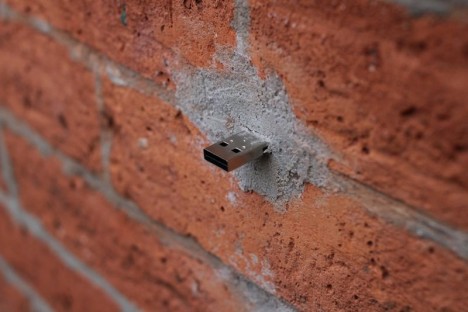

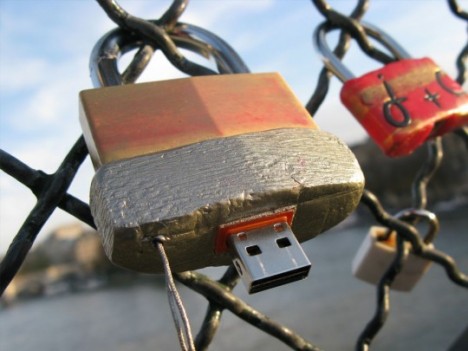
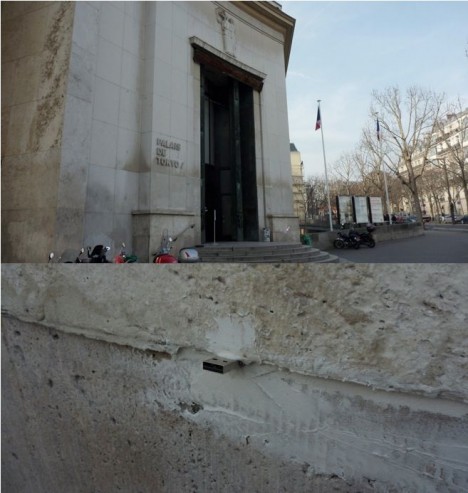
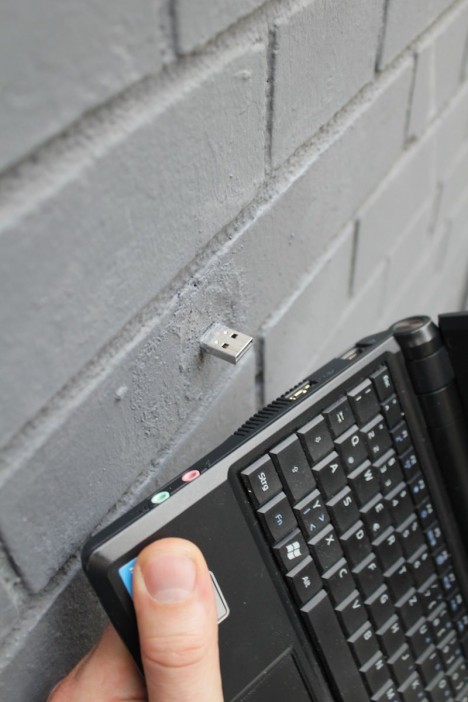


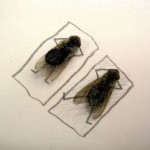




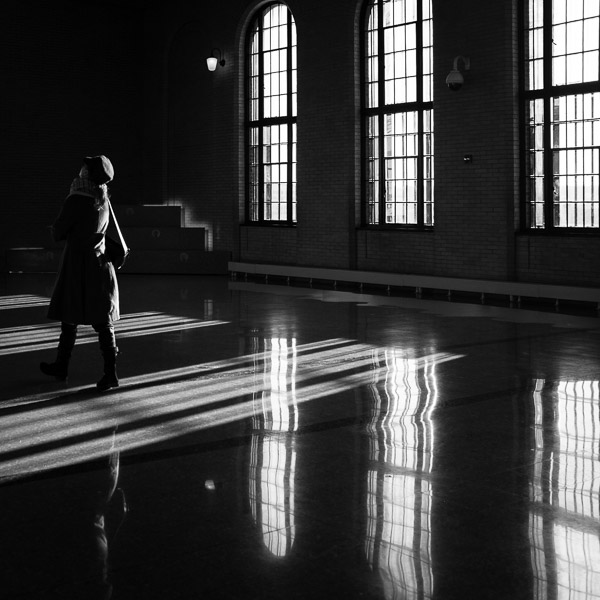
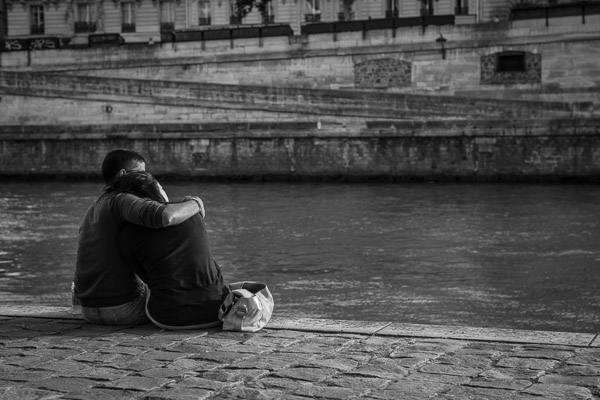
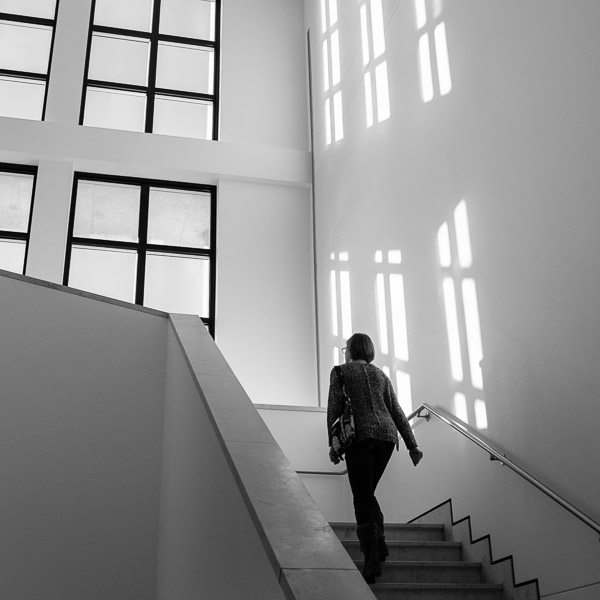
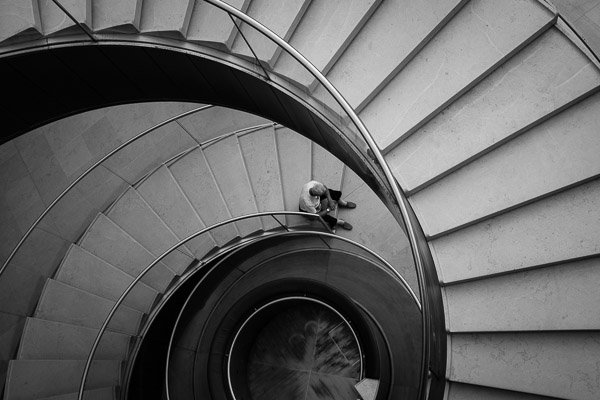

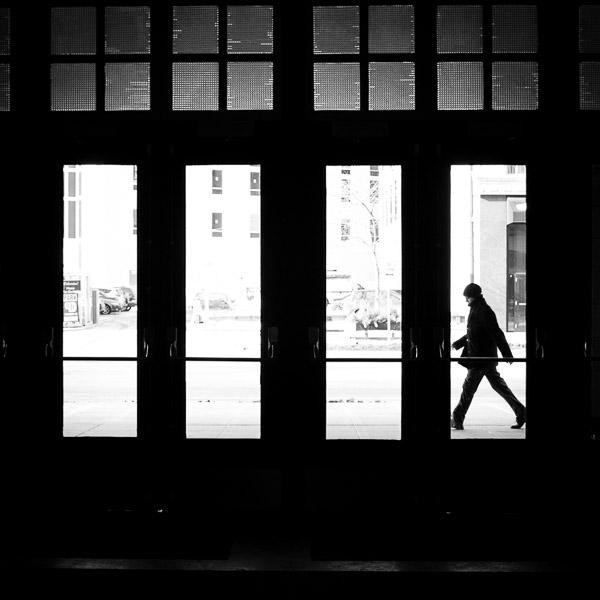

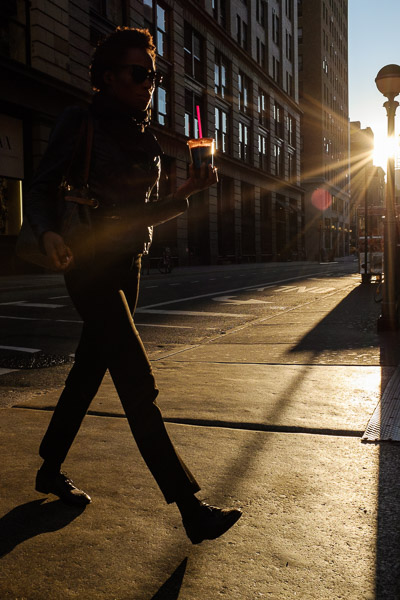
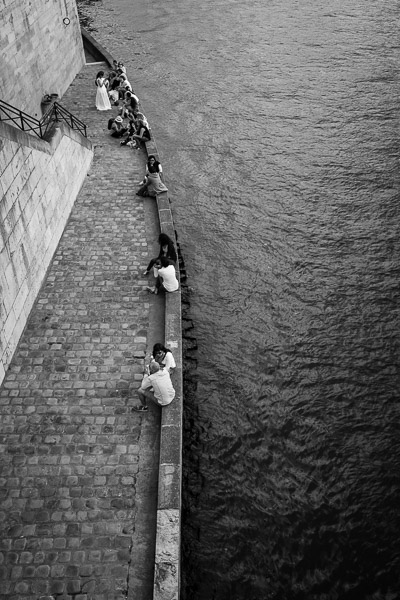
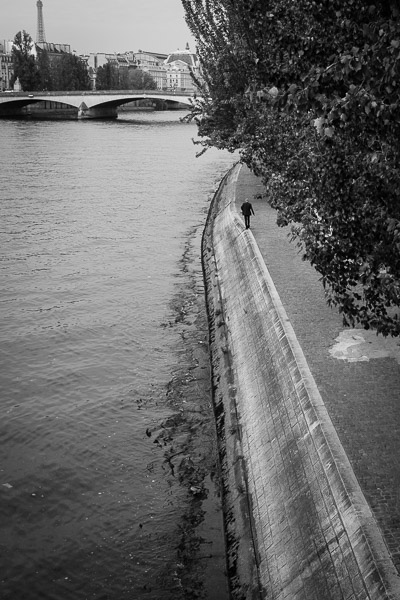
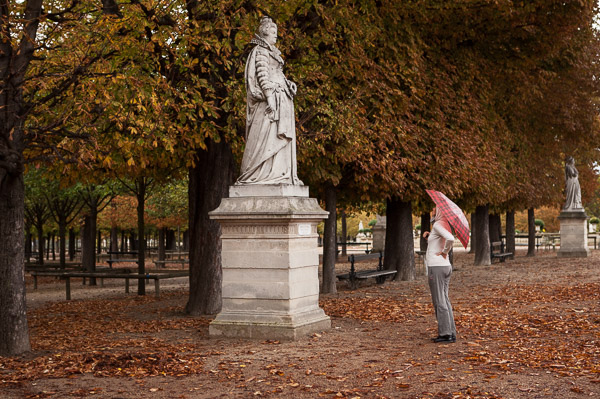


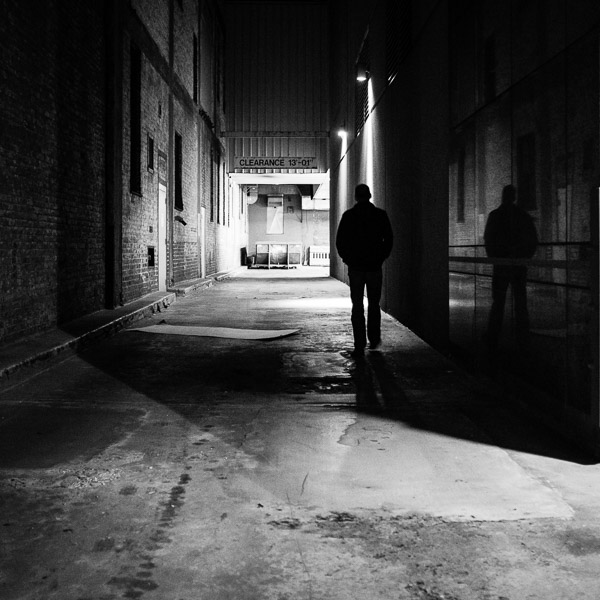
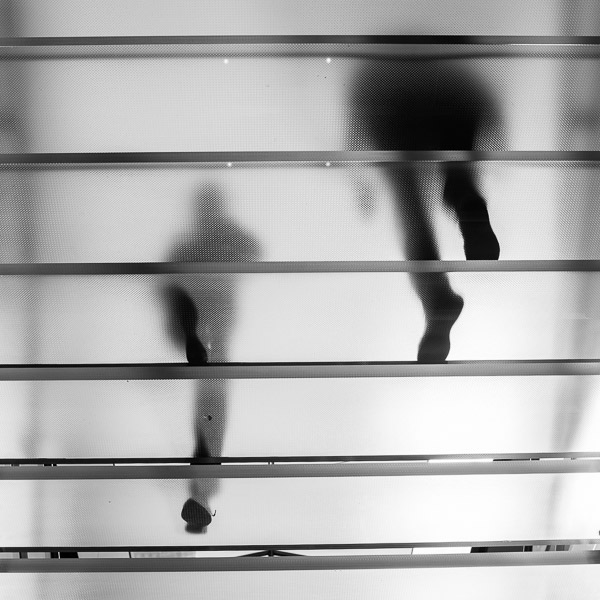
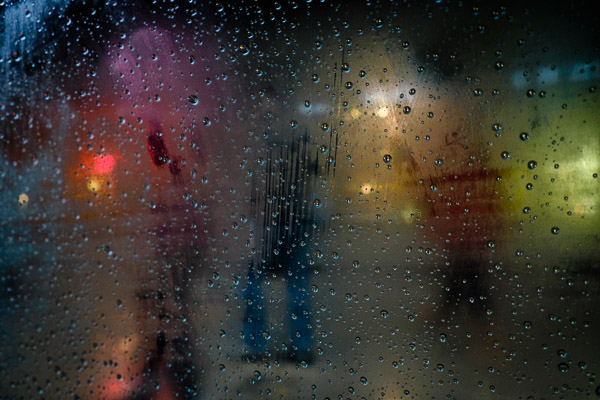
You must be logged in to post a comment.